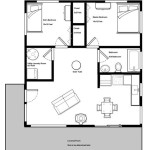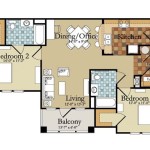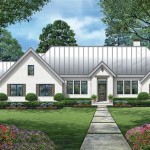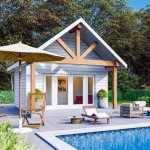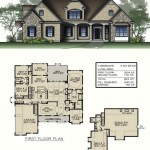Off The Grid Home Design Plans
The desire for self-sufficiency and a closer connection to nature has fueled the growing popularity of off-the-grid homes. These homes are designed to operate independently of public utilities, relying on renewable energy sources and sustainable practices to meet their power, water, and waste management needs.
Off-the-grid home design plans offer a unique set of challenges and opportunities. Here are some key considerations:
Energy Efficiency
Minimizing energy consumption is crucial for off-the-grid homes. Design plans should prioritize energy-efficient appliances, lighting, and building materials. Passive solar design principles, such as south-facing windows and thermal mass, can reduce heating and cooling needs.
Renewable Energy
Off-the-grid homes rely on renewable energy sources for electricity. Solar panels, wind turbines, and hydroelectricity are commonly used options. The design plans should incorporate appropriate mounting systems and consider the availability of renewable resources at the building site.
Water Collection and Storage
Water is essential for both human consumption and household operations. Off-the-grid homes typically collect rainwater or groundwater using cisterns or wells. The design plans should include rainwater harvesting systems, filtration devices, and sufficient storage capacity.
Waste Management
Off-the-grid homes must manage waste sustainably. Composting toilets, biogas digesters, and waste-to-energy systems are common practices for reducing waste and generating energy.
Layout and Orientation
The layout and orientation of an off-the-grid home should maximize natural resources and minimize energy loss. Passive solar design principles can optimize daylighting and natural ventilation. The location of energy systems, water storage, and waste management infrastructure should be carefully considered.
Sustainability
Off-the-grid home design plans should prioritize sustainability throughout the building process. The selection of eco-friendly materials, such as recycled or reclaimed wood, and the use of low-VOC paints and finishes contribute to a healthier and more sustainable living environment.
By carefully considering these factors, off-the-grid home design plans can create comfortable, self-sufficient, and environmentally friendly living spaces. As the demand for sustainable housing solutions continues to grow, it is expected that off-the-grid home design will become increasingly popular.

The Off Grid Cabin Floor Plan Small Living In Style

Passive Solar House Plans For Our Off Grid Homestead Byexample Com

Cottage Style House Plan 1 Beds Baths 688 Sq Ft 556 3

Off Grid Archives Small Wooden House Plans Micro Cabin Garden Shed Cottage Blueprints

How To Design A Floor Plan For Your Off Grid Cabin

Wanna Get Away 10 Tiny House Plans For Off Grid Living Dfd Blog

Wanna Get Away 10 Tiny House Plans For Off Grid Living Dfd Blog

The Best Of Small Off Grid Home Plans New Design

10k Diy Off Grid Solar Tiny House

Simply Green Plan


